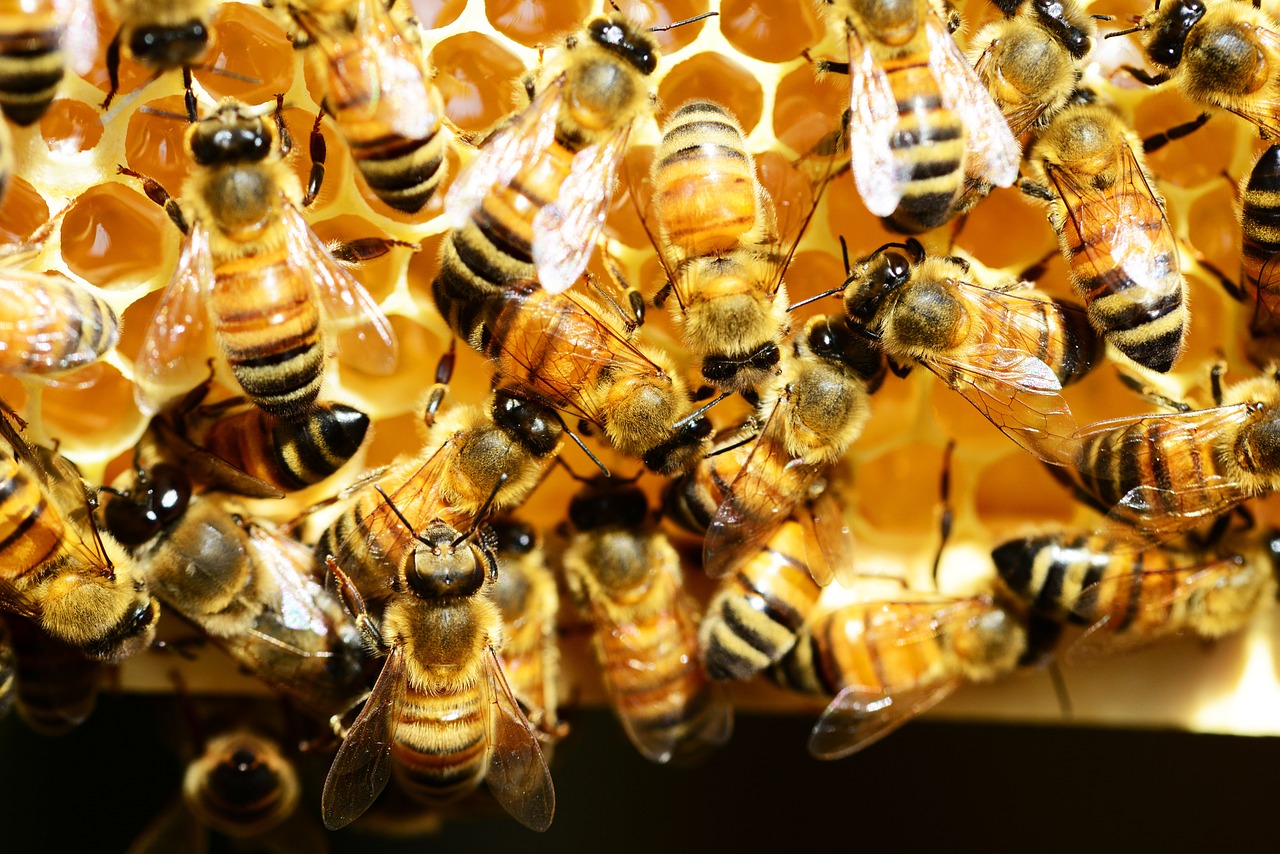Honey Bees are the members of the insect family called Apis. They produce and store honey, and construct colonial nests, with the help of wax. There are a total of 44 subspecies of honey bee, out of which, only seven are recognized.
Do you know what the study of honey bees is known as? Well, it is known as Apiology. We all get scared when we see a honey bee, right? Why are we scared? Do honey bees sting? Well, that is an interesting question, right? To give the answer to this question, we will have to give an explanation.
Do Honey Bees Sting?
The male honey bees, which are also known as the drone bees, do not actually have stingers. So, they do not sting. Also, the honey bees, which are out of their hives, looking for pollen or nectar, will not sting. Only the female worker bees have an ovipositor, and they can sting. There is a queen bee, which has a smooth stinger. She can sting the creatures, which have skin, many times over. But, she does not usually leave her hive. She uses the sting for fighting with the rival queens, and not for defending the hive.
Why Do Honey Bees Sting?
The honey bees sting only if they are handled in a rough manner, or are stepped on. Only when they feel a threat to their hives, will they go out and sting actively. They get an alert by the attack pheromones, which get released, when they sense danger.
People believe that the worker honey bee stings only once during its life. And, this is due to the fact that the stinger gets lodged into the victim’s skin. And, when the stinger tears apart from the abdomen of the bee, it dies off within a few minutes. The thicker the skin of the person, the sooner the bee will die. The honey bees have stings, which are strongly barbed, while the wasps and the yellow jacketed bees have smaller barbs. When a person gets stung, alarm pheromones get released. This alarm attracts the other bees to this location. And, they feel threatened, and exhibit a defensive behaviour.
The bees, which have barbed stingers, sting the other insects, without causing any harm to themselves. The Queen honeybees, the solitary bees and the bumblebees have smoother stingers, which make them capable of stinging the mammals many times.

